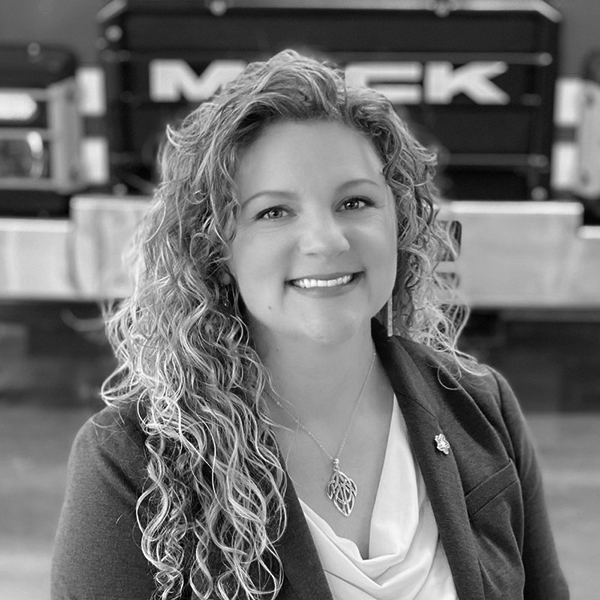Five Tips For Getting The Most Out of Composting
Transforming yard and food waste into compost helps reduce greenhouse gas, promotes healthy soil as a nutrient-rich soil amendment, and contributes to a more circular economy.

Try these tips for better composting:
1. Do your homework. Before you start composting, make sure you understand which items and materials should be composted and how best to keep your compost balanced. Generally, you can compost items like coffee grounds, fruits and vegetables, eggshells, tea bags, nut shells, yard and grass waste. Typically, you can’t compost fats, meats or dairy products, but it can vary from community to community. You’ll want to make sure you have a good ratio of greens (like vegetable and fruit scraps and yard waste) and browns (like dead leaves and twigs). Remember, water is important – you can’t compost material that doesn’t have the right amount of moisture.
2. Determine your composting goals. The types of materials you put in your compost will vary depending on how you want to use it. You can use your compost in your yard or garden, or share it with friends and family for their gardens. Don’t need compost yourself? Depending on your area, you may be able to collect your food scraps and yard waste for industrial composting and work with a local provider for collection.
3. Assess your space. Look around your space and evaluate what you may need to start composting. You’ll want to store food scraps in a place that makes it convenient to compost while you’re cooking or cleaning your kitchen. The easier you make it to compost at home, the more likely you’ll be to do it. You don’t need a fancy scrap bucket, but make sure it has a tight seal to reduce odor. Collection in the kitchen is just one piece of the puzzle.
4. Get the right tools. After you’ve assessed your indoor space, you’ll want to get the tools that will set you up for success. You’ll also need a compost bin, which you can purchase or build on your own. There are several different composters you can buy to meet your needs. Remember, you’ll need to find an outdoor space that is dry and shaded to store your compost bin.
5. Understand the warning signs. Once your compost is started, you’ll want to monitor for warnings signs that it is out of balance. Your compost shouldn’t attract bugs or rodents or produce a strong odor. If it is, then you’ll know that it’s time to adjust the mix of greens and browns you’re adding to your bin. Ideally, your compost should include an equal mix of green and brown material.

For nearly 40 years, People Newspapers has worked tirelessly to tell the stories—good, bad, and sublime—of our neighbors in the Park Cities and Preston Hollow. To support our efforts, please contact advertise@peoplenewspapers.com for advertising opportunities. Please also consider sharing this story with your friends and social media followers.









